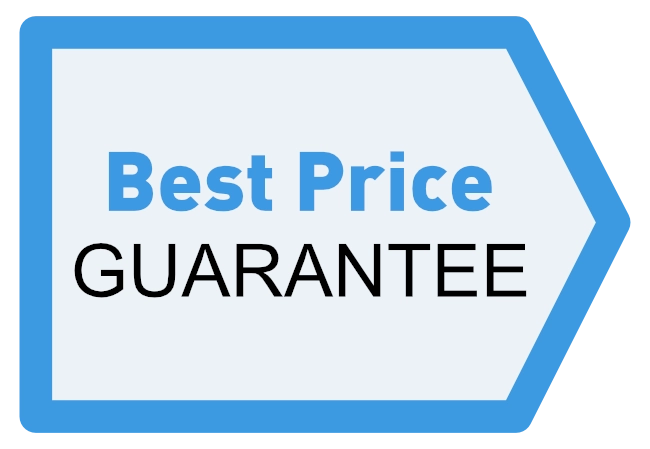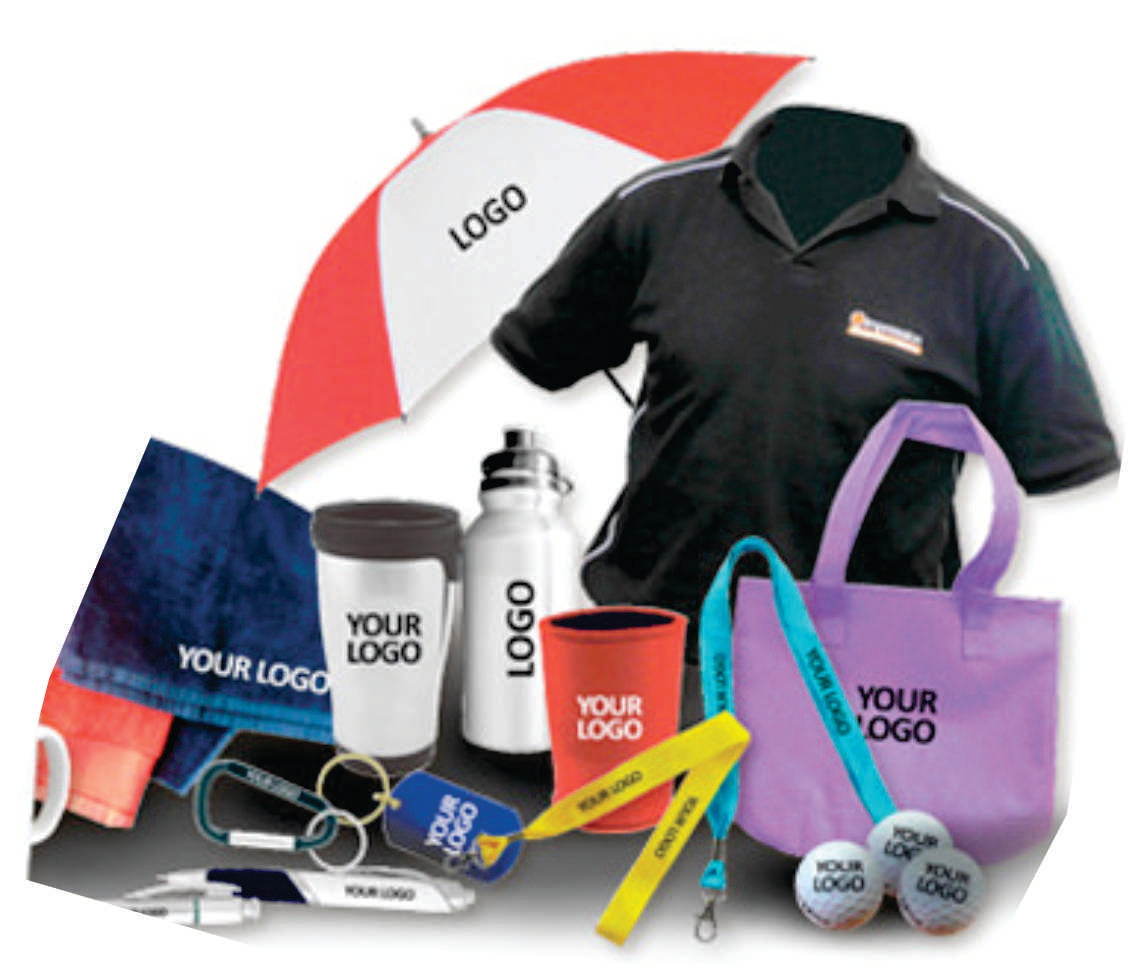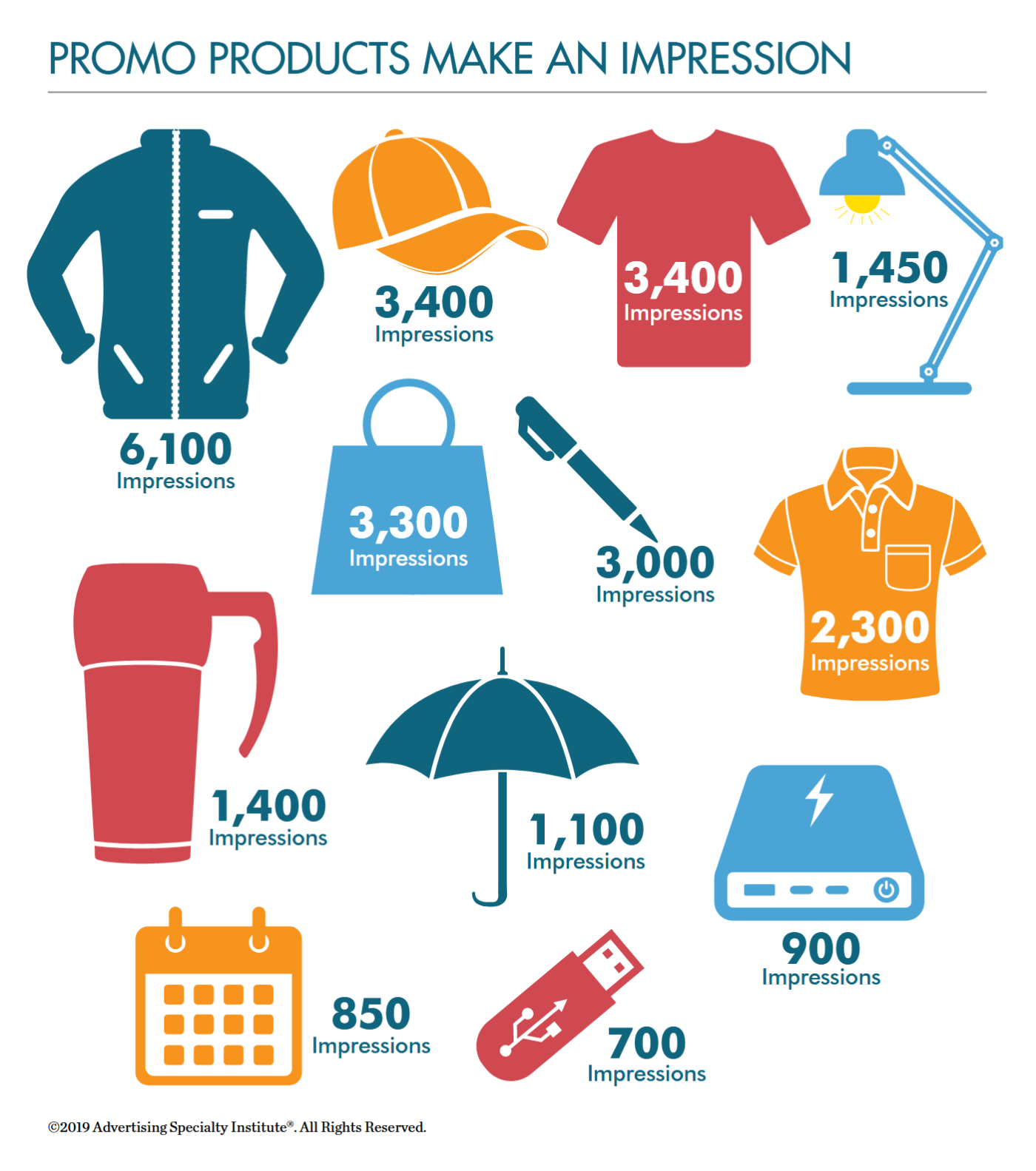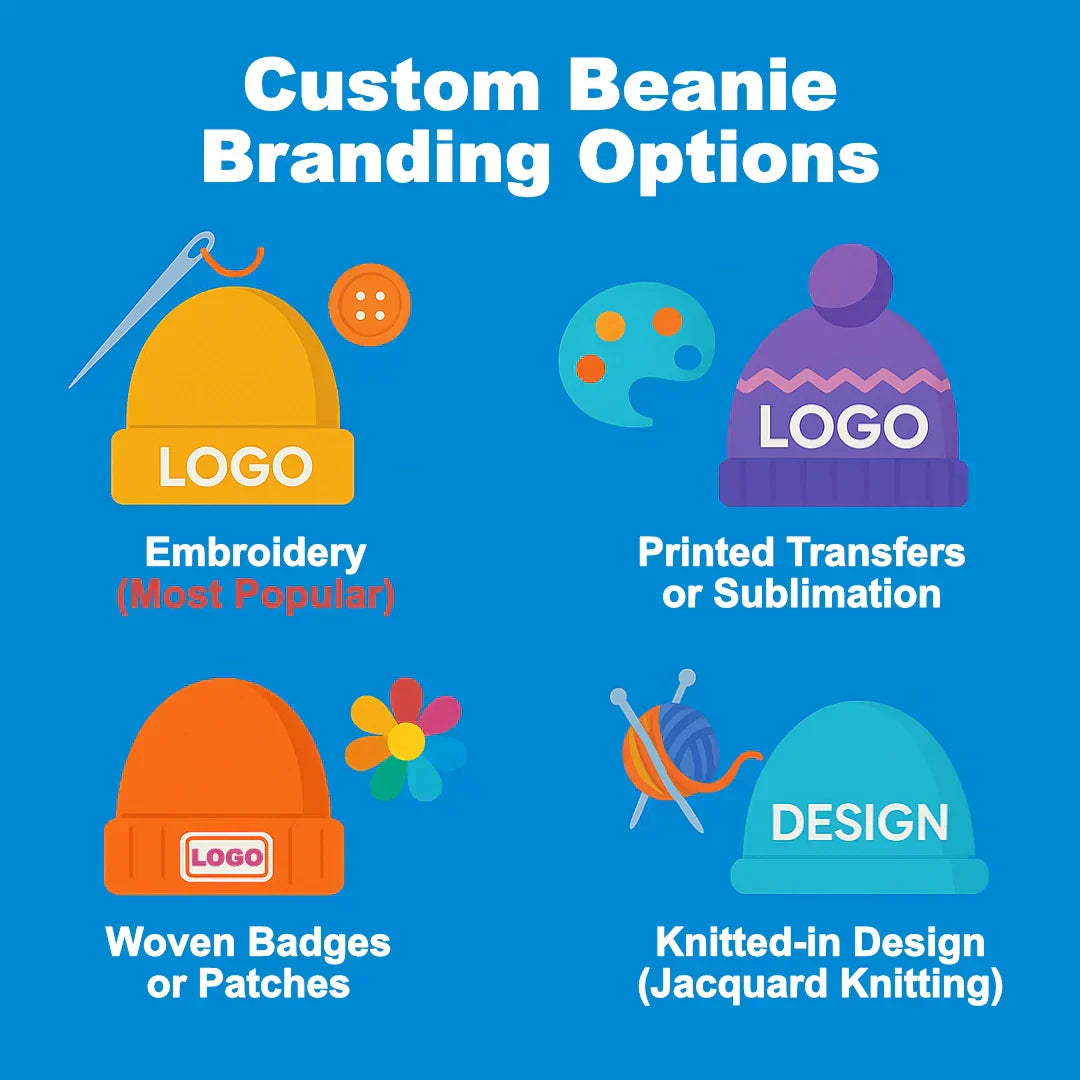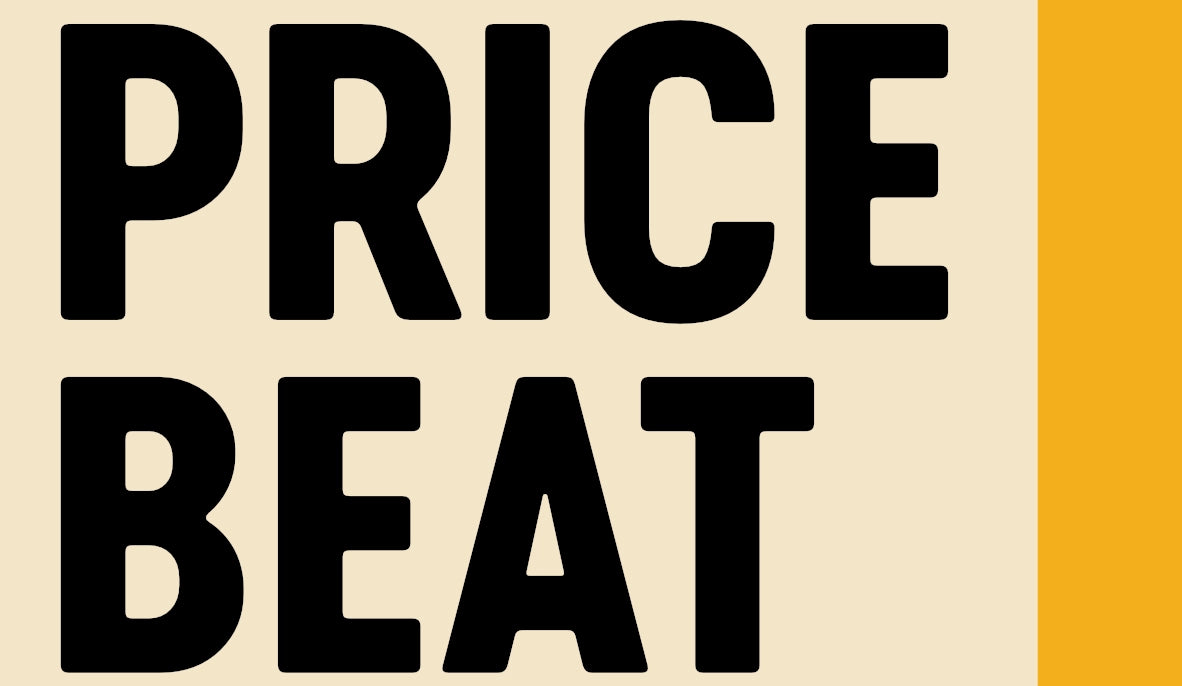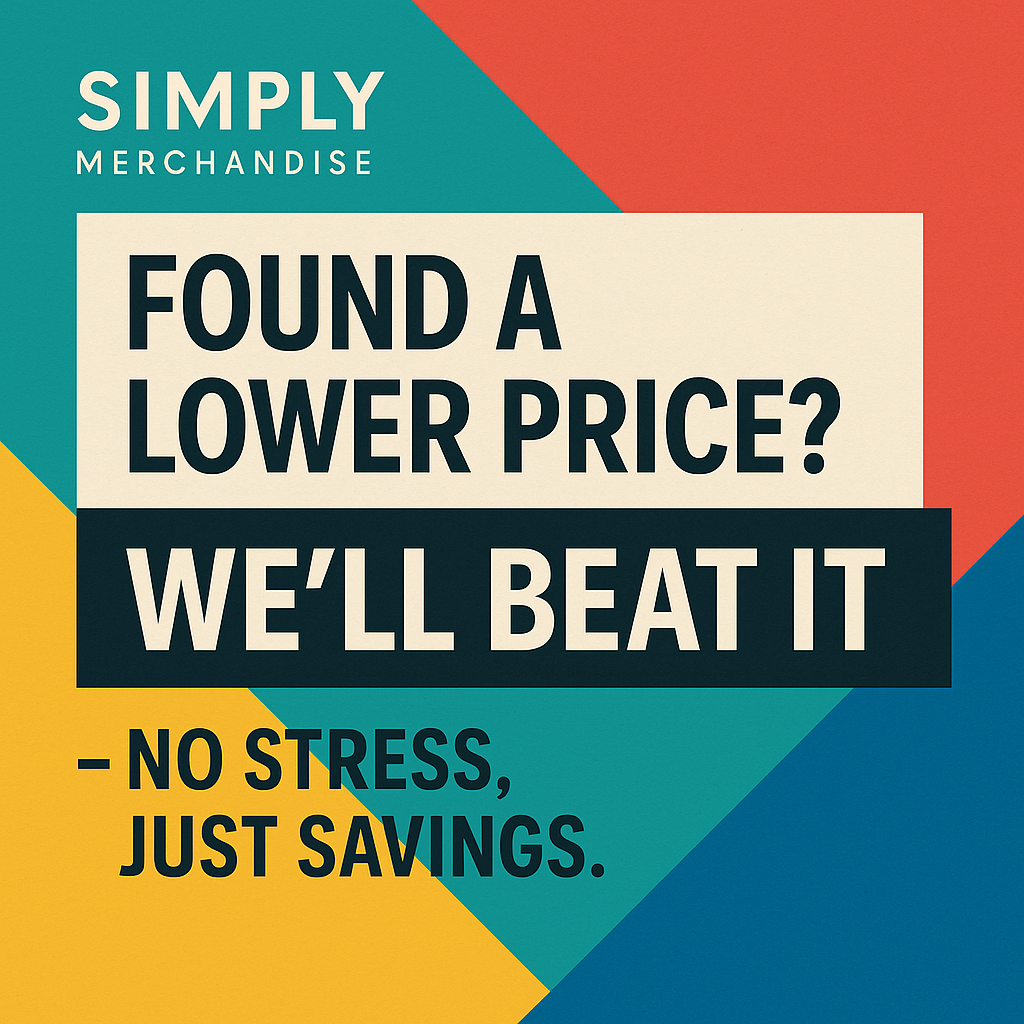What Are Promotional Products?
Promotional products (also called promotional items, branded merchandise, swag, or corporate giveaways) are tangible items imprinted with a company’s logo, slogan, or message, and distributed—often free or at minimal cost—to customers, prospects, employees, or event attendees as part of a branding and marketing strategy.
Unlike traditional advertising (which disappears once the ad ends), promotional products live on — recipients use or keep them, giving repeated exposure to your brand over time.
Why Use Promotional Products? (The Marketing Power)
Promotional products provide a number of unique marketing advantages. Below are some of the strongest benefits (with supporting data where available):
1. Long-lasting brand exposure
When someone uses a branded mug, tote bag, pen, or USB drive, your logo/brand is in front of them repeatedly. Over time, that repetition reinforces recognition and recall.
Studies find that many recipients retain promotional items for months or even years, which significantly extends brand visibility.
2. Cost-effective impressions
Compared to other forms of advertising (digital ads, print, TV), promotional products often deliver a lower cost per impression (CPI). Once produced and distributed, every additional “view” or “use” is essentially free.
3. Builds goodwill and brand affinity
Giving something of value—even if modest—can generate positive feelings toward your brand. Recipients often perceive you as generous, thoughtful, or caring, which can strengthen loyalty and trust.
4. Promotes word-of-mouth & social sharing
If a promotional item is distinctive or desirable, recipients might show it off to peers, post it on social media, or talk about it. That organic spread amplifies reach beyond your immediate distribution list.
5. Supports multiple marketing goals
Promotional products aren’t just for awareness. They can help in:
-
Trade show traffic generation
-
Lead generation or incentives
-
Loyalty or referral programs
-
Employee engagement and internal branding
-
Product launches or event giveaways
Common Types & Examples of Promotional Products
There’s a huge variety of items you can brand and distribute. The “best” choice depends on your audience, use case, and budget. Here are some commonly used categories and examples:
| Category | Typical Items | Why They Work / Considerations |
|---|---|---|
| Apparel & Wearables | T-shirts, polos, hoodies, caps, jackets | High visibility, often worn in public; but sizing, style, and quality matter greatly. |
| Drinkware & Barware | Mugs, water bottles, thermal tumblers, coasters | Frequently used daily; great “desk presence.” |
| Office & Desk Items | Pens, notepads, sticky notes, USB drives, phone stands | Highly functional, often close to hands. |
| Tech & Gadgets | Power banks, Bluetooth speakers, USB hubs, wireless chargers | “Premium” perceived value; appeals to tech-savvy audience. |
| Bags & Totes | Tote bags, backpacks, drawstring bags | Useful in events, shopping, commuting; good “walking billboard.” |
| Outdoor / Lifestyle | Umbrellas, umbrellas, picnic blankets, hats, sunglasses | Good for events, outdoor use, travel. |
| Eco & Sustainable Options | Recycled materials, bamboo items, biodegradable items | Increasingly expected by conscious consumers. |
How Promotional Products Work (Mechanics & Process)
Knowing what they are is one thing; understanding how they get to your audience is next. Here’s the typical lifecycle:
-
Design & Branding
Choose the item, finalise your artwork (logo, tagline), and determine print/embroidery or other decoration methods. -
Production / Sourcing
You either work with a promotional products supplier, distributor, or manufacturer. These entities produce or customise the items per your specifications. -
Quality Assurance
Check proofs, verify colour fidelity, ensure durability. Poor-quality items reflect badly on your brand. l -
Distribution / Deployment
Items may be handed out at events, shipped as part of orders, enclosed in welcome kits, used in contests/giveaways, or handed out in sales calls. -
Tracking & Measuring Impact
Use unique QR codes, redemption offers, survey follow-ups, or compare uptake rates to judge ROI.
Best Practices & Tips for Choosing Promotional Products
To make your investment count, consider these tips:
⚙️ Match the product to your audience
Understand your recipients’ preferences, lifestyle, and needs. What works for tech users may not work for a “blue-collar” audience.
✅ Emphasize usefulness
Items people will actually use (not toss away) generate far more impressions. Practicality is key.
💎 Quality over cheap & tacky
A low-quality product might damage your branding more than having none. Invest in durable materials and good finishing.
🎯 Align with campaign goals
If you want engagement or leads, embed QR codes or bespoke offers. If brand awareness is the goal, opt for high-visibility items.
🌿 Consider sustainability
Eco-friendly products are trending and often appreciated more. Recycled or biodegradable materials help reflect a responsible brand image.
📏 Mind print areas & branding placement
Not all items have wide print areas. Work within design constraints to ensure visibility and clarity.
📦 Plan logistics & distribution
Don’t overlook shipping costs, packaging, customs (if international), and how you’ll get the items into recipients’ hands.
Measuring ROI & Effectiveness
How do you know whether your promotional products campaign succeeded? Some common metrics and techniques:
-
Impressions / usage estimates — approximate how often the item is seen or used.
-
Redemption or code tracking — if your item carries a coupon, QR code, or offer, track its usage.
-
Surveys / feedback — ask recipients whether the branded item influenced their perception or recall.
-
Repeat sales / referrals — track whether recipients engage in further actions (visits, purchases, referrals).
-
Cost per impression (CPI) — divide total cost by estimated impressions to compare with other media.
Real-Life Examples & Use Cases
-
At trade shows, exhibitors often hand out branded tote bags, USB sticks, or pens to drive traffic to their booths.
-
New employees might receive a “welcome kit” containing branded water bottles, notebooks, and apparel.
-
Brands launching a new product might run a giveaway or contest where winners receive branded gadgets or lifestyle items.
-
Nonprofit campaigns often give wristbands, badges, or T-shirts to participants and donors to spread awareness.
Challenges & Pitfalls to Watch Out For
-
Over-saturation / generic items — if your product is just like thousands of others, it may not stand out.
-
Misaligned choices — poor fit between the item and the recipient’s lifestyle can lead to waste.
-
Brand mismatch — low-quality or off-brand items can reflect poorly on your image.
-
Logistical headaches — customs, shipping delays, packaging damage can erode ROI.
-
Measuring difficulty — attributing sales uplift to a giveaway item can be tricky without proper tracking.
Conclusion & Next Steps
Promotional products remain a powerful tool in the marketer’s toolkit—especially when used thoughtfully. They offer tangible, long-term exposure in ways that digital media often cannot match. By selecting purposeful items, matching them to your audience, and measuring their impact, these “swag” items can become strategic assets.
